Shopify Product Display Apps: My Tabs 2.0 vs Cost Per Item

Table of Contents
- Introduction
- How Does My Tabs 2.0 Work?
- How Does Cost Per Item Work?
- How Much Does My Tabs 2.0 Cost?
- How Much Does Cost Per Item Cost?
- Cost Analysis: My Tabs 2.0 vs. Cost Per Item
- User Reviews & Customer Support Insights
- Integration and Compatibility Comparison
- Conclusion
Introduction
In the world of e-commerce, effective product display can make or break a sale. The right product presentation can lead to increased customer engagement, lower bounce rates, and ultimately a boost in sales. Product display apps play a crucial role in achieving these goals. They allow merchants to customize how their products are presented, ensuring that potential customers receive all the essential information in an easily digestible format.
Two notable contenders in this space are My Tabs 2.0 and Cost Per Item. With their unique capabilities in enhancing product displays, both apps facilitate ease of integration with Shopify platforms, significantly impacting the shopping experience. However, one of these apps clearly offers more comprehensive solutions tailored to various business needs.
How Does My Tabs 2.0 Work?
My Tabs 2.0 is designed to enrich product descriptions by organizing information into customizable tabs. This approach not only simplifies the presentation of product details but also keeps the product page aesthetically pleasing and easy to navigate—key elements when trying to captivate potential buyers.
Setup: Merchants can easily implement My Tabs 2.0 to display a variety of information about their products, such as tags, descriptions, and additional details, all neatly categorized.
Features:
- Flexible Tabs Management: This feature allows you to create multiple tabs for each product, making it easier for your customers to access the information they need.
- Customizable Layout: Businesses can allocate tabs to specific products or apply them across entire collections as per their needs.
- Static Tabs Creation: Static tabs can be developed for selected collections or all products, enhancing the organization of frequently needed information.
- Accordion on Pages or FAQs: This dynamic feature caters to customers' queries by allowing them to expand and collapse information as needed, which improves the overall user experience.
These features are particularly useful for businesses of varying sizes. Startups can utilize the flexible management system to create simple product tabs that enhance initial offerings. Small to medium businesses can leverage advanced layouts and the accordion feature to cater to growing customer inquiries. Larger enterprises will benefit from the ability to manage thousands of products efficiently, ensuring that their vast catalog remains organized without compromising on information delivery.
Hypothetical scenarios showcase the impact My Tabs 2.0 can have. For example, a clothing retailer can implement various tabs for sizes, fabric type, and care instructions, making it easier for customers to make informed purchase decisions.
How Does Cost Per Item Work?
Cost Per Item serves as a straightforward solution, targeting transparency in product pricing. The app showcases the cost and margin of each product, helping businesses clarify the value of their offerings to customers.
Setup: With a simple configuration, merchants can display the cost per item alongside profits, providing insights that can foster customer trust.
Features:
- Visibility of Cost and Margin: This feature allows customers to see not just the retail price, but the underlying cost, which can enhance perceived value.
- Customization Options: Users can easily hide or show cost information based on their preferences, thus tailoring the display to fit their branding and customer engagement goals.
For startups, this straightforward approach can instill trust from the get-go, while small to medium businesses might need to highlight profit margins as part of their value proposition. Larger enterprises could use this solution to ensure consistency across a vast product line, appealing to customers looking for transparency.
However, while Cost Per Item focuses on product pricing transparency, it lacks the depth and customization options offered by My Tabs 2.0, which integrates product information into a comprehensive experience.
How Much Does My Tabs 2.0 Cost?
Cost-effective solutions are essential in today's competitive business landscape. Though the pricing tiers for My Tabs 2.0 haven't been explicitly mentioned, the value derived from this app considerably outweighs potential costs.
Value Proposition:
- Features: My Tabs 2.0's customizable tabs offer extensive options for showcasing product information efficiently.
- Limitations: Absence of specific complexities in pricing ensures ease of use, which can benefit all businesses, particularly those without extensive technical teams.
- Target Audience: My Tabs 2.0’s flexibility makes it adaptable for businesses of any size—from startups needing basic functionality to established enterprises requiring sophisticated solutions.
- Additional Costs: As the app does not list specific fees, businesses can ascertain the value based on their growth and operational needs, allowing for a scalable investment.
It is important to note that you can always reach out to our team, and we can create a custom pricing plan to suit your needs and your budget. Schedule a call via this link and we’ll come up with the best solution for you and your business.
How Much Does Cost Per Item Cost?
In an environment where every dollar counts, cost-effective solutions can lead to better profitability. Cost Per Item offers a streamlined pricing tier that is appealing to budget-conscious merchants.
Pricing:
- Price: $1.99/month.
- Features: Includes unlimited product options, visibility of cost per item, and adjustments based on product variants.
- Limitations: Currently, the features are relatively basic compared to more expansive options, which may limit engagement for businesses looking to provide detailed product narratives.
- Target Audience: This plan is primarily suited for startups and smaller businesses that require transparency without extensive customization.
- Additional Costs: No hidden fees indicated, maintaining its straightforward nature.
Cost Analysis: My Tabs 2.0 vs. Cost Per Item
When comparing the two applications, My Tabs 2.0 stands out in value offering. While Cost Per Item presents a low monthly fee, it lacks the flexible engagements and extensive features of My Tabs 2.0.
Both apps cater to different business needs, but the richer feature set of My Tabs 2.0 could result in increased conversion rates, ultimately yielding better revenue for businesses over time. Without any mentions of promotional offers for either app, the focus remains on the consistent performance and value provided within the respective offerings.
User Reviews & Customer Support Insights
Is My Tabs 2.0 Good?
With an impressive average rating of 5 stars from 64 reviews, My Tabs 2.0 is well-received by its users. Customers appreciate its ease of use, customizable features, and ability to streamline product information. This feedback indicates a solid performance and satisfaction level, making it a valuable asset for Shopify merchants seeking enhanced product displays.
Is Cost Per Item Good?
Cost Per Item holds a perfect 5-star rating from a single review. Given this limited feedback, it's challenging to draw concrete conclusions. However, potential users might praise its simplicity and clear display of pricing. Lesser criticism might stem from a desire for more advanced features, which could limit its appeal for businesses aiming for a more detailed display.
Meanwhile, customer support plays a crucial role in user satisfaction. Businesses tend to favor apps that not only serve their functions well, but also offer robust support in times of need. While there’s little data on customer support for Cost Per Item, the established understanding of effective support systems increases the perceived value of My Tabs 2.0.
User Preference: My Tabs 2.0 or Cost Per Item?
Given the average ratings, it’s evident that My Tabs 2.0 is favored among users seeking robust, feature-packed solutions. The significant number of reviews additionally showcases reliability and a broad customer base, indicating widespread approval.
The variations in user sentiment can be attributed to the comprehensive range of features available in My Tabs 2.0, making it a stronger option for businesses looking for an enriched product display.
Integration and Compatibility Comparison
My Tabs 2.0 Integrations
My Tabs 2.0 integrates seamlessly within the Shopify platform, allowing merchants to enhance their product pages without friction. The app’s flexibility ensures that users can easily adapt to market shifts without significant reconfiguration or training.
Cost Per Item Integrations
Conversely, Cost Per Item integrates natively within Shopify. It simplifies the process for businesses looking for straightforward cost presentation without additional overhead.
Conclusion
When weighing the offerings of My Tabs 2.0 against Cost Per Item, My Tabs 2.0 emerges as the superior solution. Not only does it enhance user experience through detailed customization options, but the high volume of positive reviews ensures its reliability amongst merchants. While Cost Per Item provides a basic function for transparency, it lacks the comprehensive features that can significantly enhance customer engagement and trust. My Tabs 2.0's extensive capabilities and perfect rating make it a compelling choice for businesses seeking to optimize their product displays effectively.
Still Searching for the Perfect Customization Solution?
Stop searching and start thriving with Accentuate Custom Fields! This powerful metafield management app supercharges Shopify’s native features, giving you the tools to create a truly personalized customer experience.
Why Choose Accentuate Custom Fields?
- Advanced Customization: Unlimited field definitions, logical grouping, and custom layouts make your store one-of-a-kind.
- Enhanced Editor Experience: Effortlessly edit variant metafields, use advanced HTML and markdown editors, and sync field definitions between stores.
- Flexible Management: Import/export capabilities, automatic tagging, and comprehensive support for Metaobjects and versioning.
- 24/7 Support: If you have any questions or need assistance, our team is available around the clock to help with any custom modifications to suit your store.
Join over 12,000 merchants, including top Shopify Plus stores, who trust Accentuate for their customization needs. With a stellar 4.9-star rating, Accentuate is the go-to tool for advanced CMS needs, offering unmatched flexibility and control over your store’s content. Elevate your Shopify store with high-quality content that boosts customer experiences and conversions. Tell your story, showcase your products, and create an engaging customer journey with ease.
Experience the Accentuate difference and watch your Shopify store thrive!
Accentuate vs Competition
Explore how Accentuate Custom Fields stands out. Whether you’re aiming to customise your storefront, streamline operations or improve content management, see how we compare against the competition

Shopify Product Display Apps: FeatureFrame ‑ Pretty Product vs. AI SEO: Top Product Features

Shopify Product Display Apps: Metadrob: Create Virtual Store vs シンプルクラウドファンディング|お手軽自社クラファン
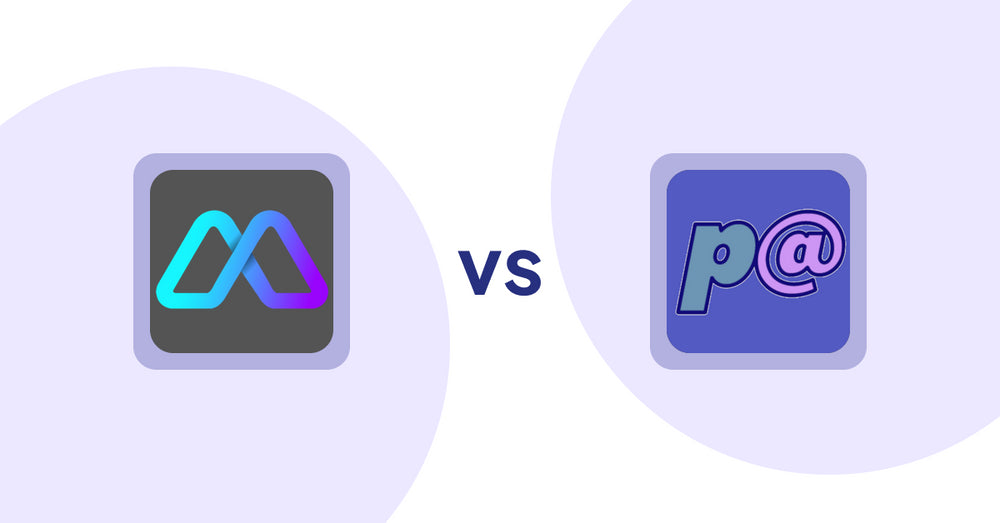
Shopify Product Display Apps: Metadrob: Create Virtual Store vs Parameterizer

Shopify Product Display Apps: Bike Matrix vs. Fast View: Fastest Quick View
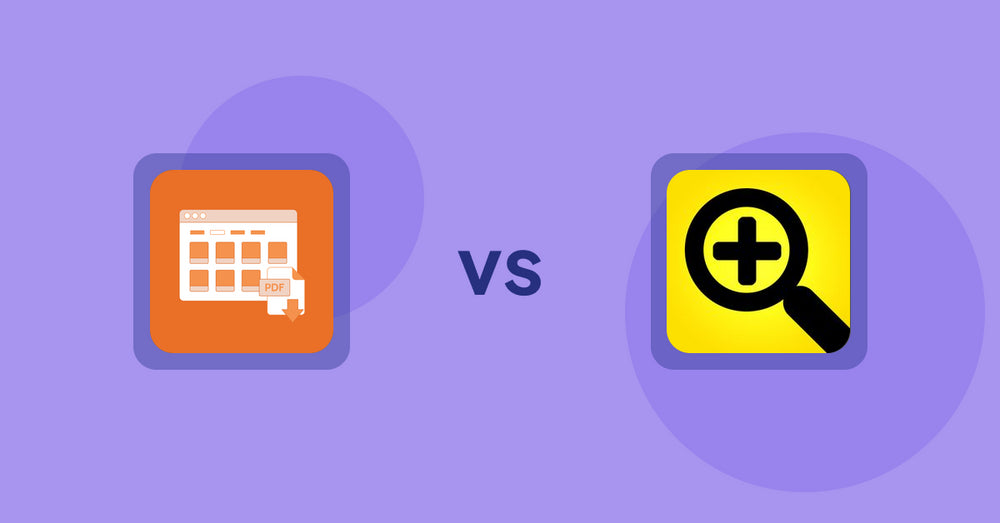
Shopify Product Display Apps: Meetanshi PDF Product Catalog vs Fast View: Fastest Quick View

Shopify Product Display Apps: UR: Smart Ranking vs Sortyfi Collection Merchandise

Shopify Product Display Apps: UR: Smart Ranking vs PDP Star
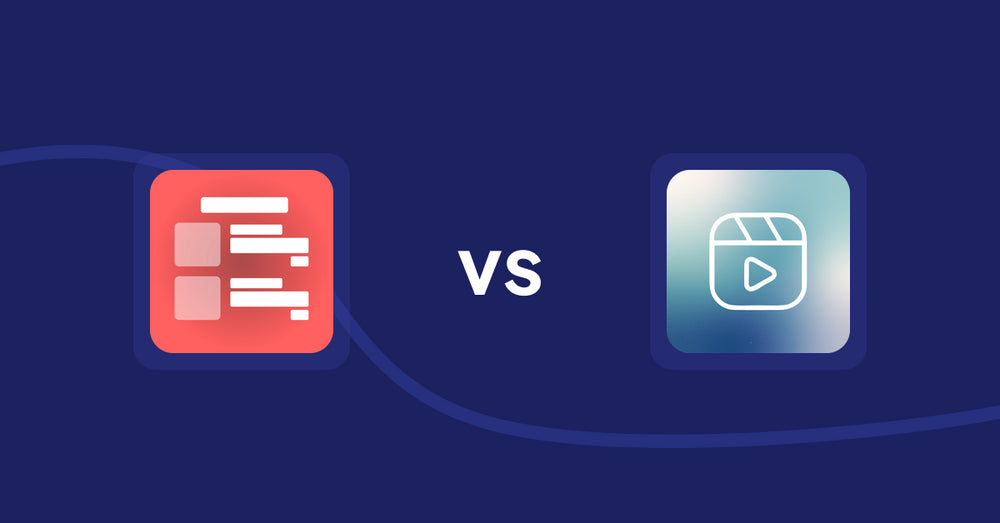
Shopify Product Display Apps: Menulog vs Reelify ‑ Shoppable Reel Video

Shopify Product Display Apps: H3 Estimated Delivery vs Findify Search & Merchandise

Shopify Product Display Apps: Wordo ‑ ChatGPT AI Description vs Urgency! Low Stock Counter
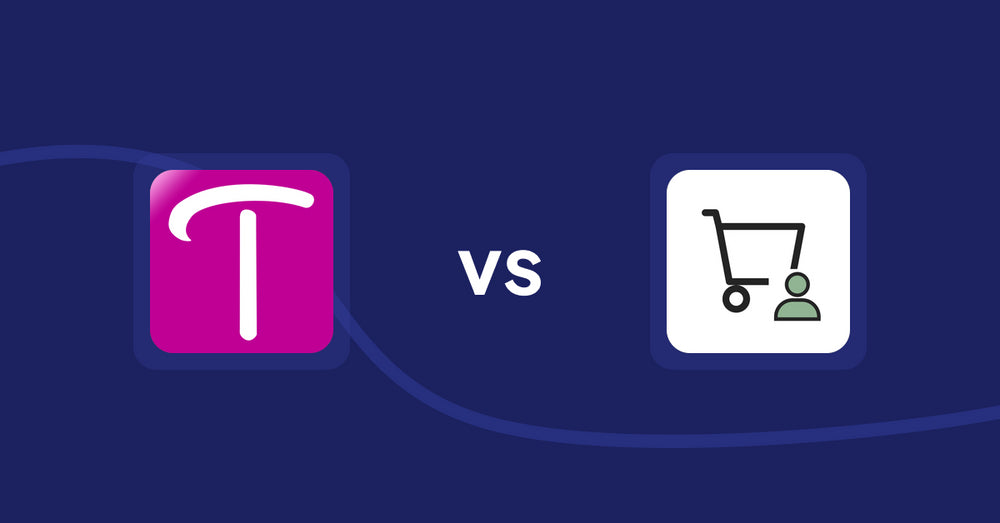
Shopify Product Display Apps: WS Transparency vs シンプル会員注文割引|お手軽ログインセール設定
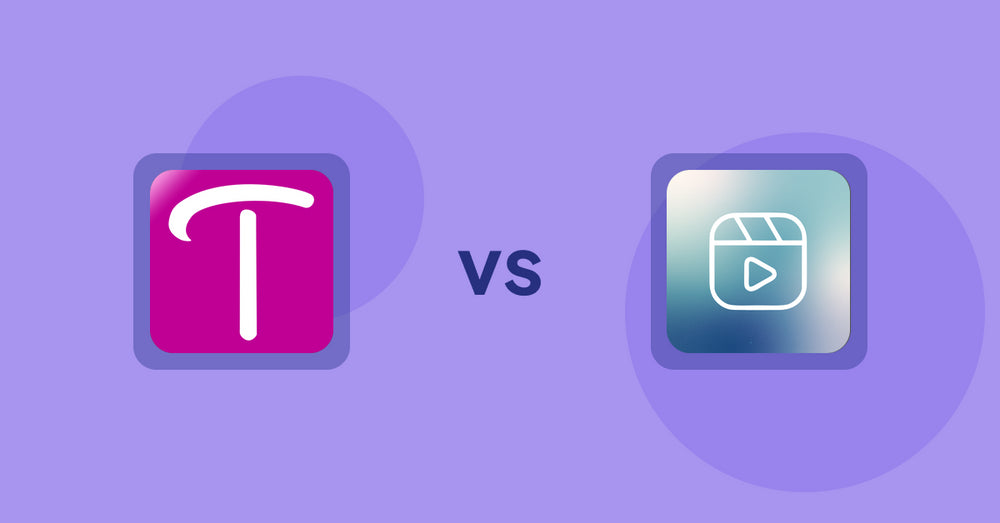
Shopify Product Display Apps: WS Transparency vs Reelify ‑ Shoppable Reel Video
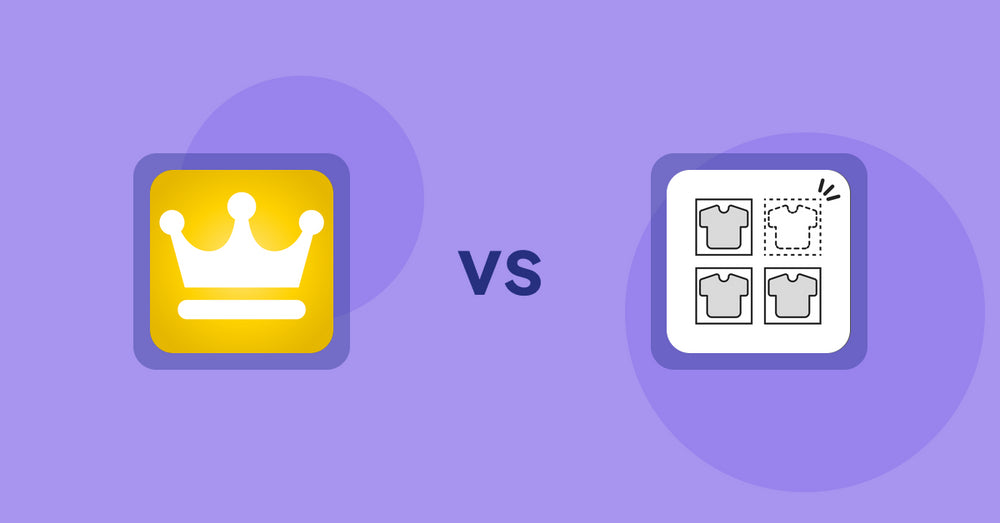
Shopify Product Display Apps: Awesome Ranking vs シンプル売り切れ非表示|在庫切れ商品の表示変更

Shopify Product Display Apps: OC Product Size Chart vs FeatureFrame ‑ Pretty Product

Shopify Product Display Apps: Shelfify vs Bike Matrix
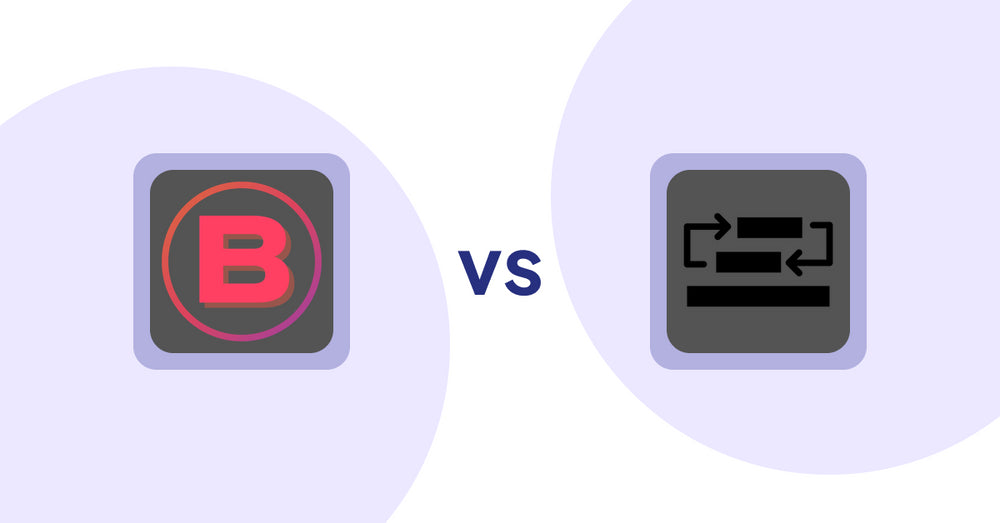
Shopify Product Display Apps: Banter Stories vs Sortyfi Collection Merchandise
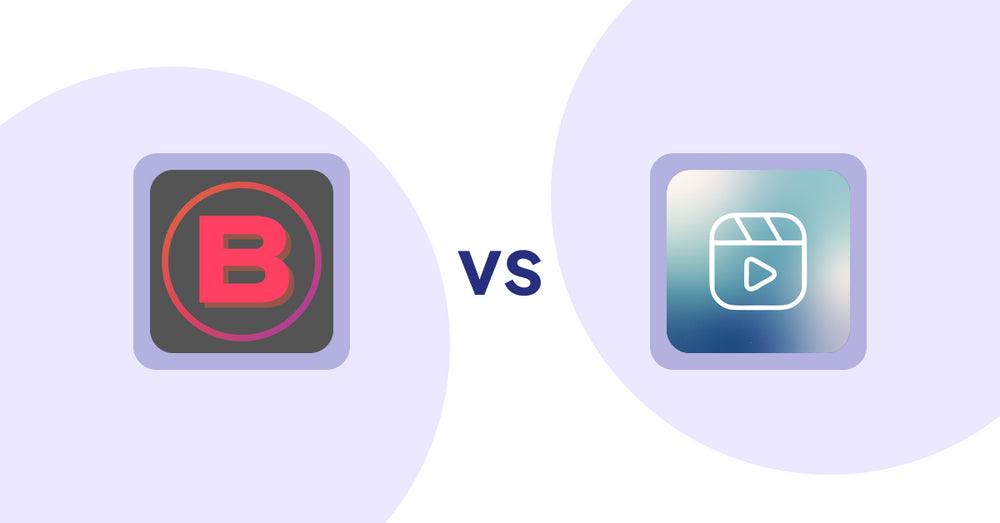
Shopify Product Display Apps: Banter Stories vs. Reelify ‑ Shoppable Reel Video
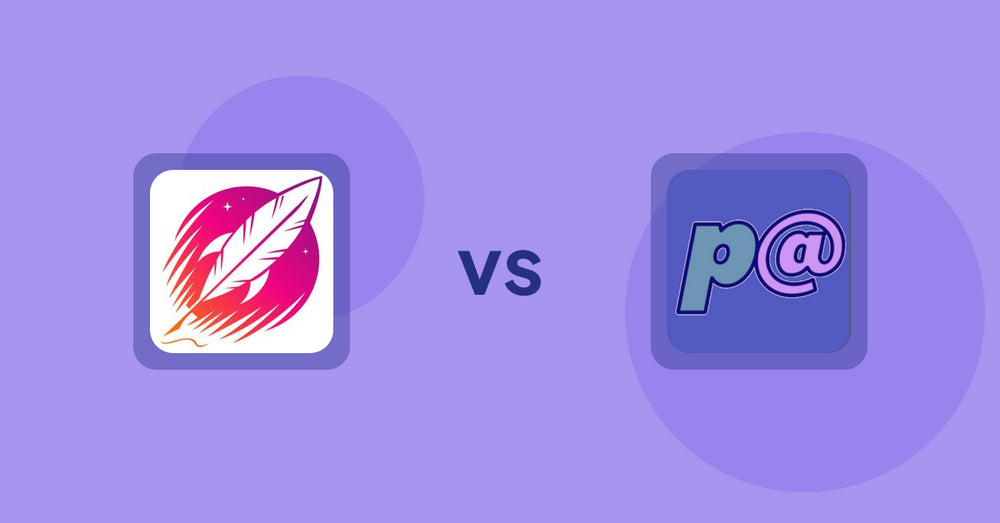
Shopify Product Display Apps: Wordsmith: Content Generator vs Parameterizer

Shopify Product Display Apps: Wordsmith: Content Generator vs Reelify ‑ Shoppable Reel Video
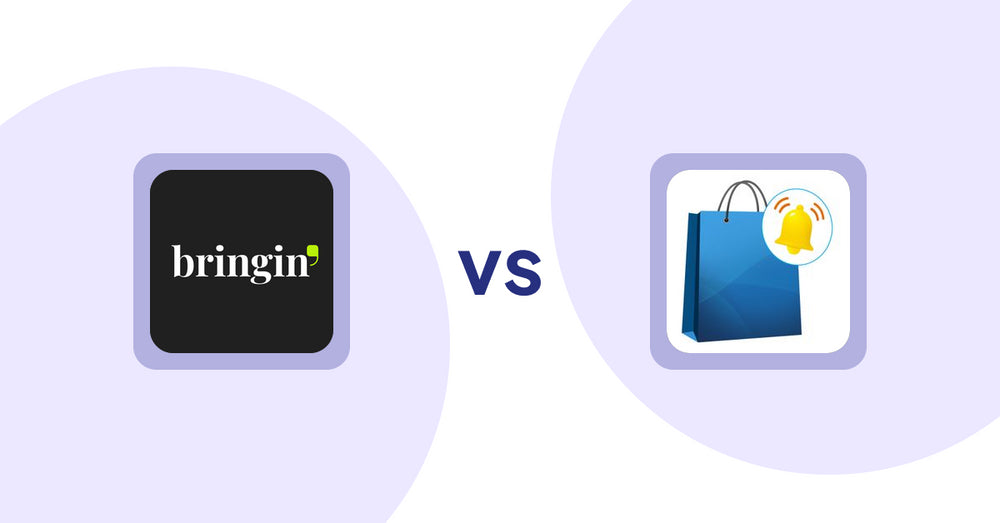
Shopify Product Display Apps: Bringin vs CartBar ‑ Product Purchase Bar
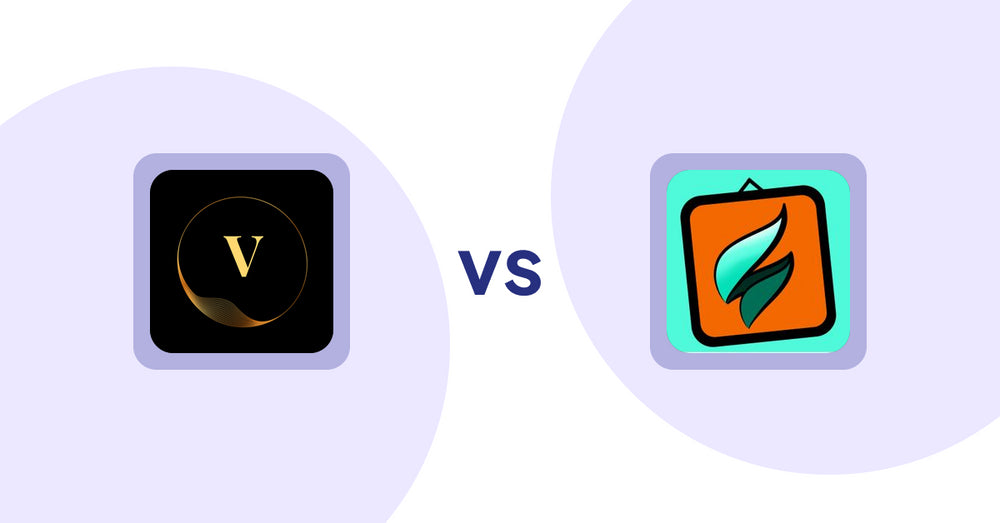
Shopify Product Display Apps: ProductTube vs SMART ‑ Art Product Builder

Shopify Product Display Apps: Xpander vs PDP Star

Shopify Product Display Apps: Xpander vs Banter Stories
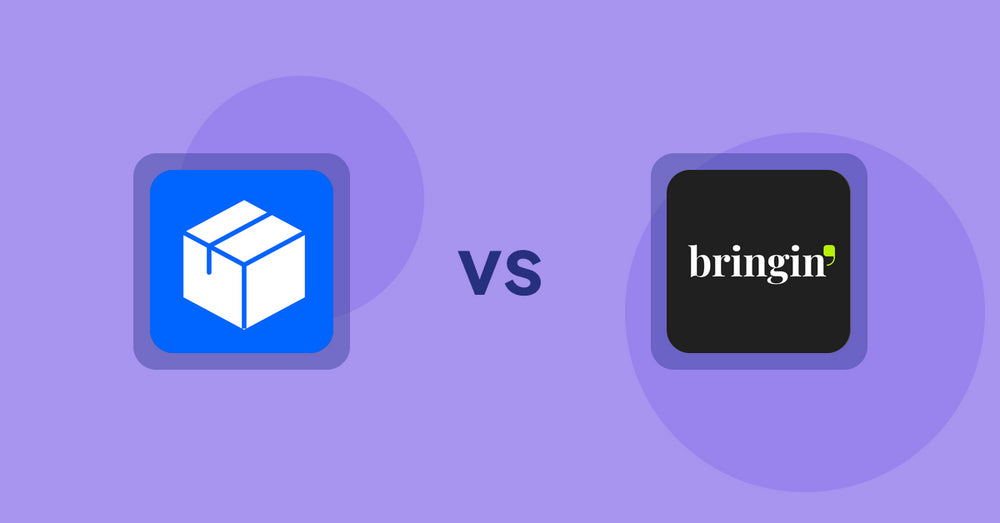
Shopify Product Display Apps: Wonderful Widgets vs Bringin

Shopify Product Display Apps: BookE - Rent Property & Service vs Metadrob: Create Virtual Store
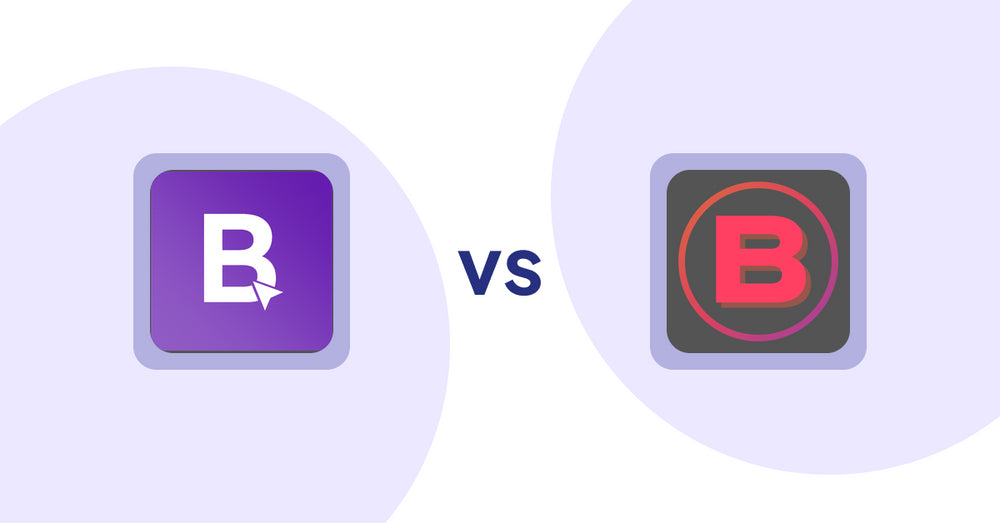
Shopify Product Display Apps: BookE ‑Rent Property & Service vs. Banter Stories
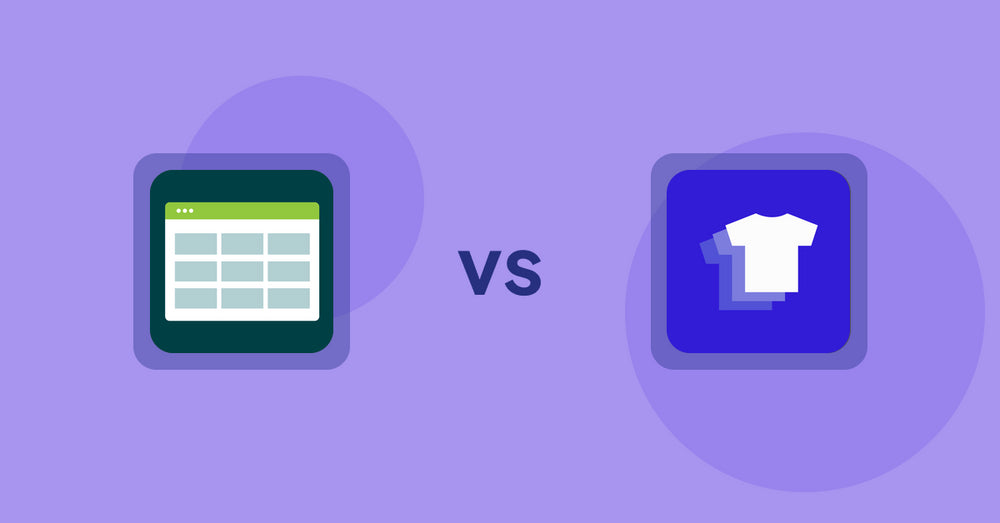
Shopify Product Display Apps: Product Table vs. Xpander
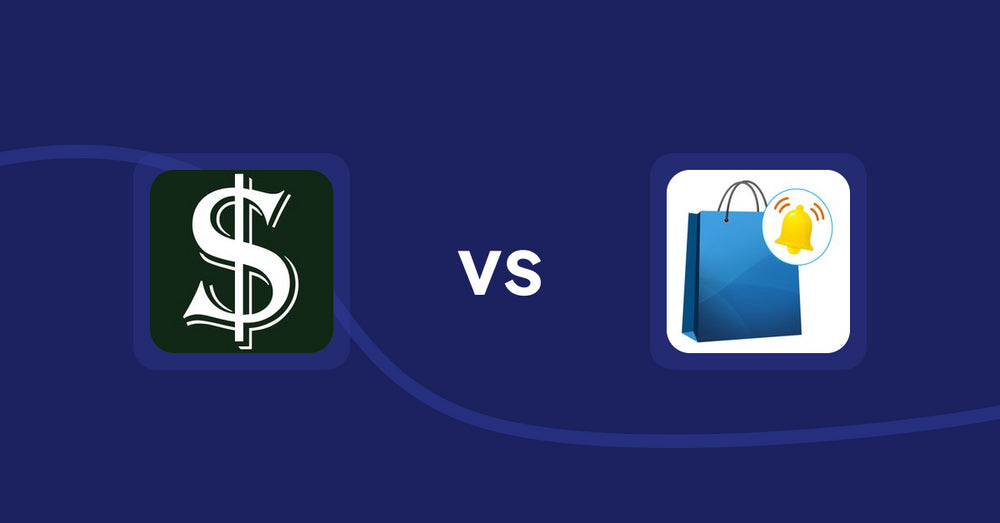
Shopify Product Display Apps: Selling Fast vs CartBar ‑ Product Purchase Bar
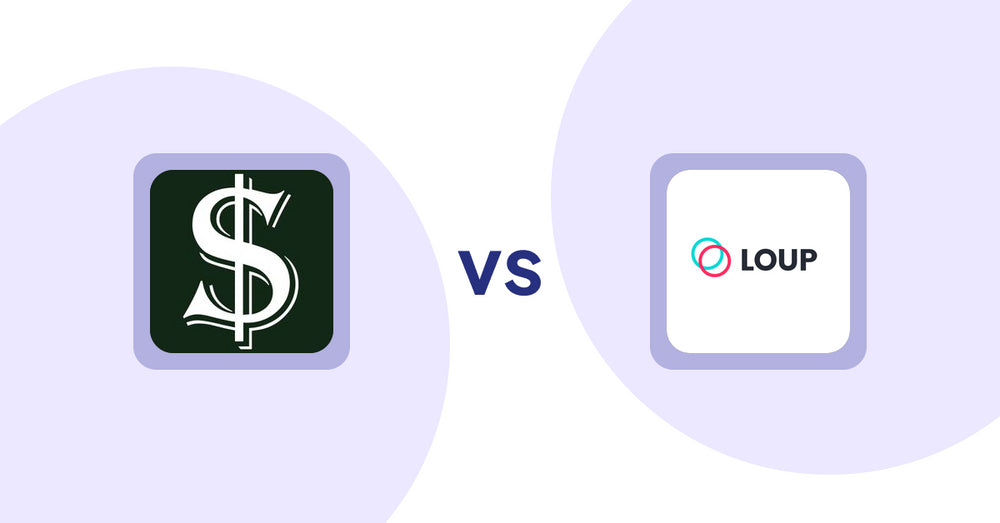
Shopify Product Display Apps: Selling Fast vs. Loup: Sell on Instagram
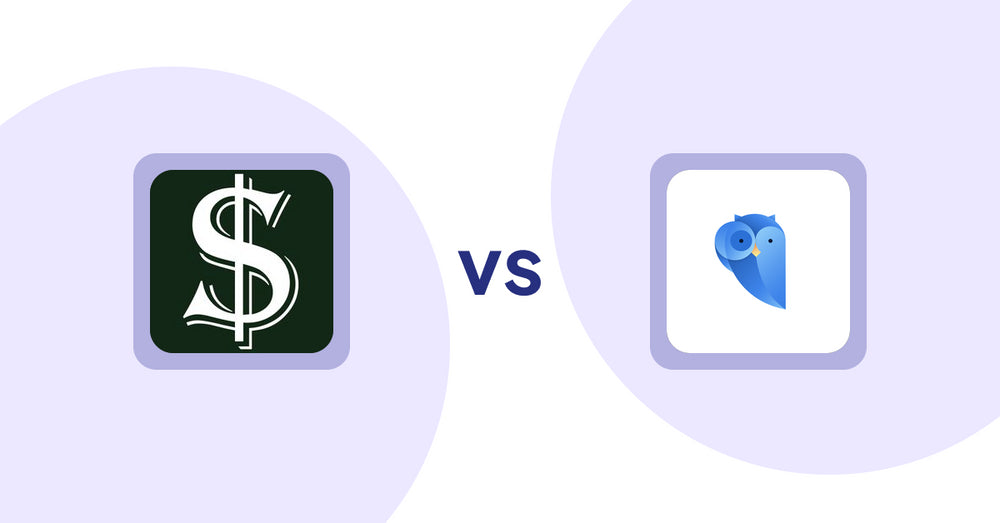
Shopify Product Display Apps: Selling Fast vs. Findify Search & Merchandise

Shopify Product Display Apps: Selling Fast vs. Aiuta
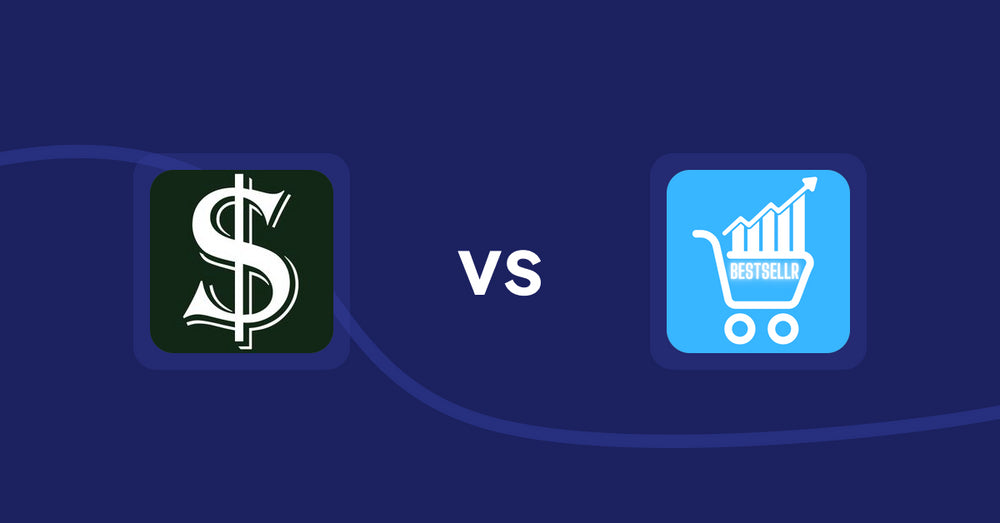
Shopify Product Display Apps: Selling Fast vs Bestsellr

Shopify Product Display Apps: Selling Fast vs ProductTube
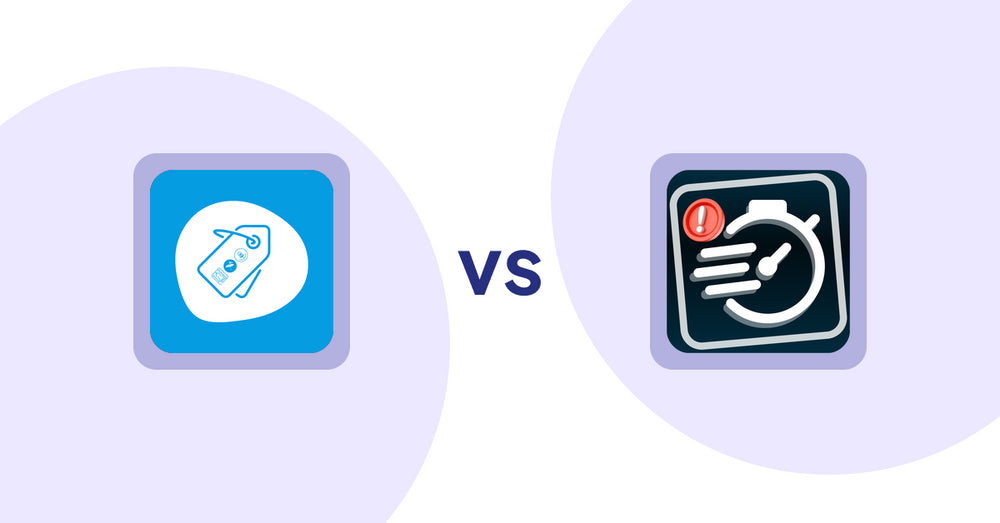
Shopify Product Display Apps: Extendons Product Tag Images vs Urgency! Low Stock Counter
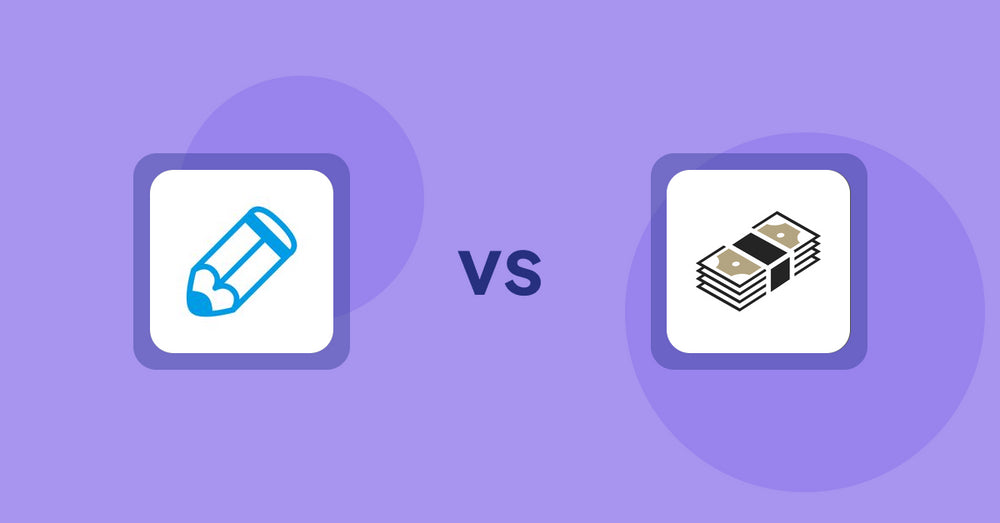
Shopify Product Display Apps: Writer Sofia vs シンプルクラウドファンディング|お手軽自社クラファン
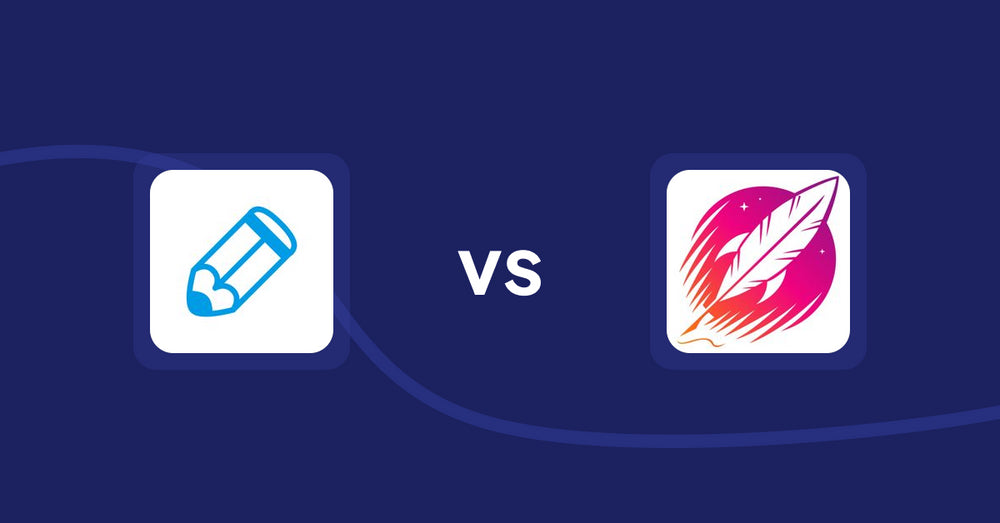
Shopify Product Display Apps: Writer Sofia vs Wordsmith: Content Generator
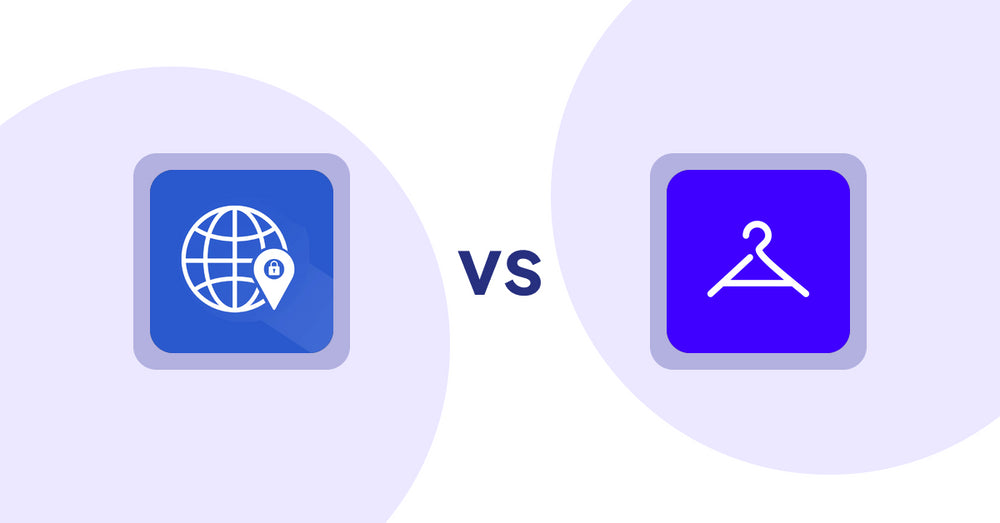
Shopify Product Display Apps: Addify ‑ Country Restrictions vs Aiuta
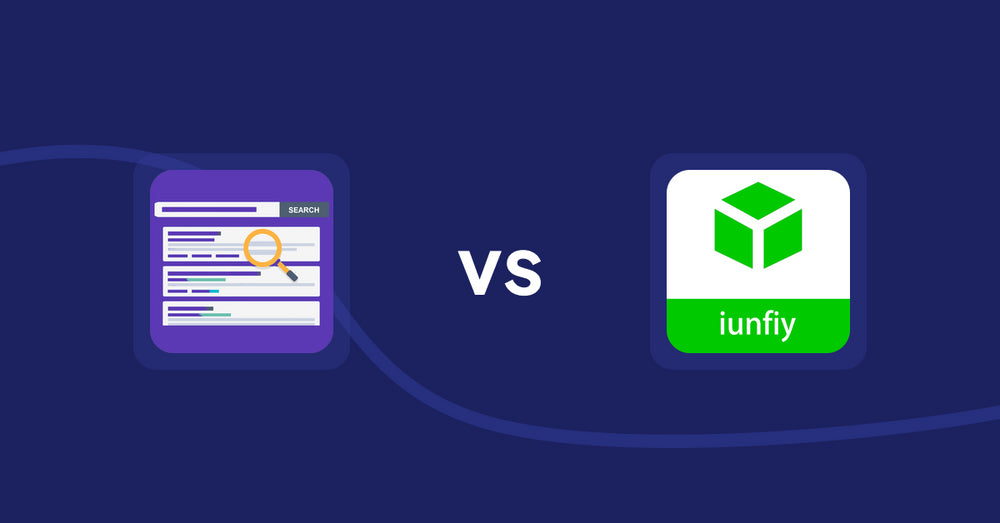
Shopify Product Display Apps: Spark AI Products Description vs iunfiy • Related Products

Shopify Product Display Apps: BeUnico vs Loup: Sell on Instagram
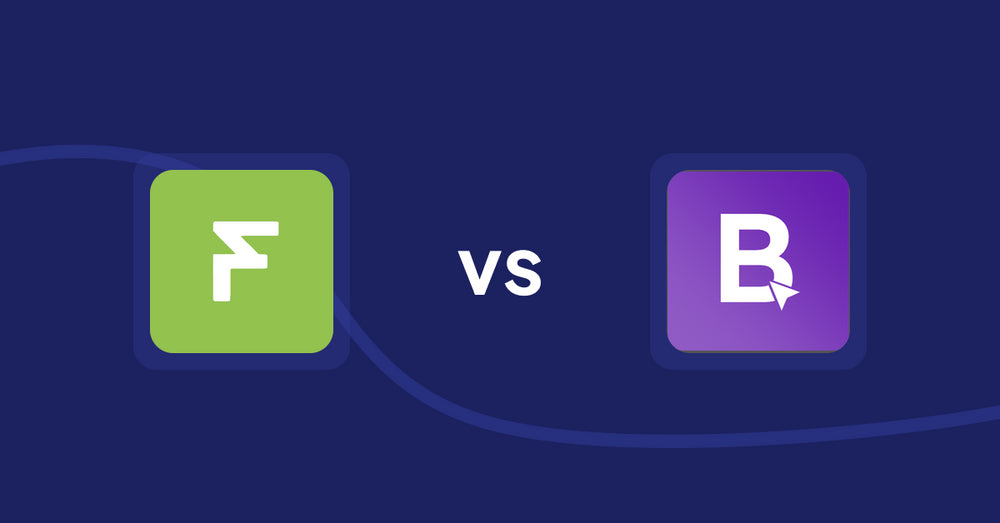
Shopify Product Display Apps: Easy Estimate Shipping vs BookE ‑Rent Property & Service
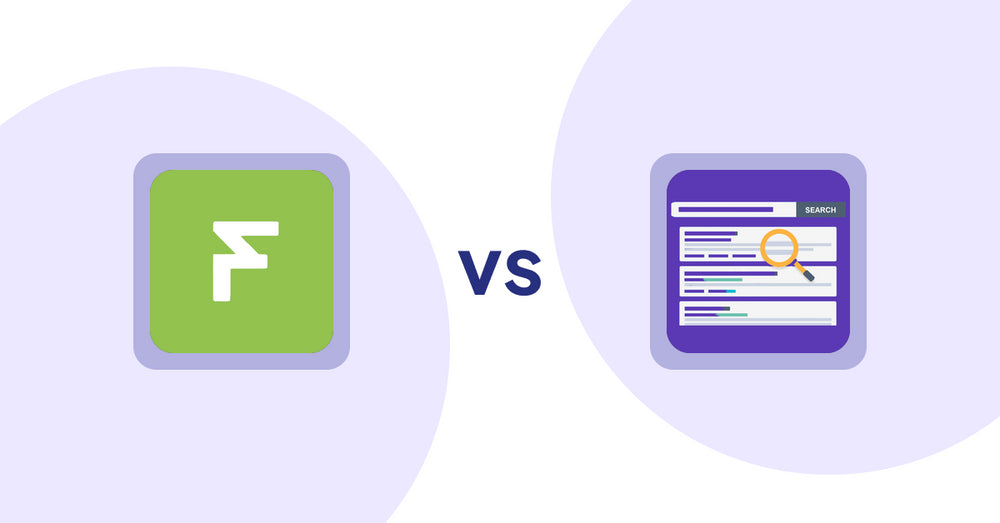
Shopify Product Display Apps: Easy Estimate Shipping vs. Spark AI Products Description
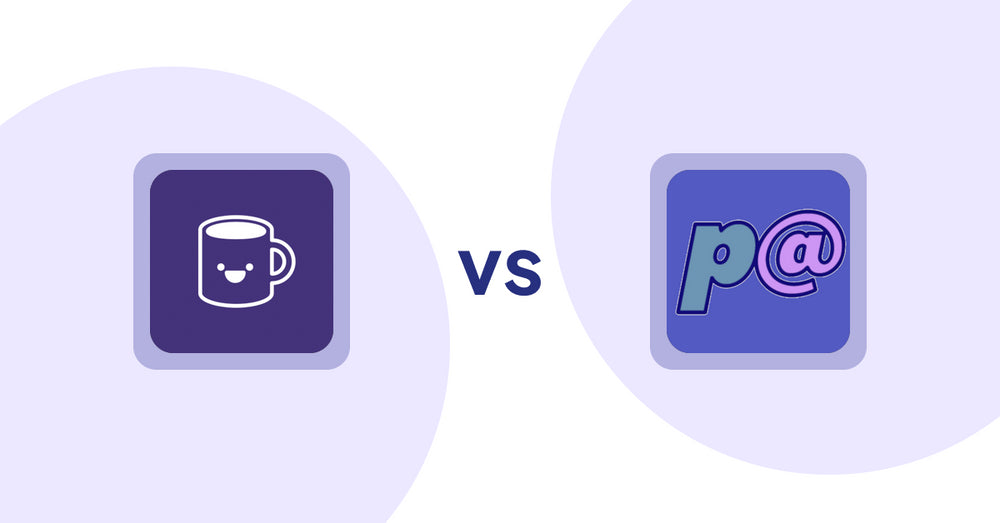
Shopify Product Display Apps: Mugshot Bot vs Parameterizer

Shopify Product Display Apps: Peftrust vs. Wordo ‑ ChatGPT AI Description
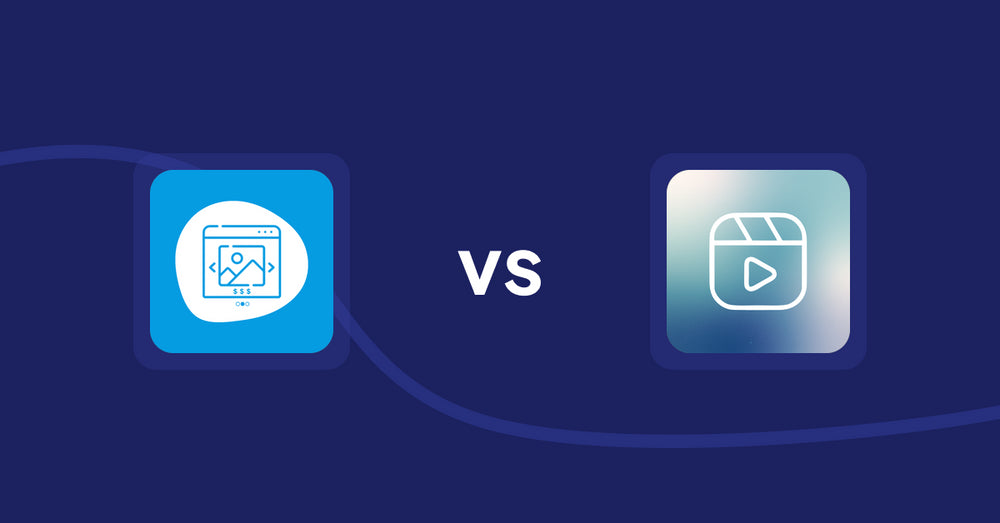
Shopify Product Display Apps: Quick Product Navigator Slide vs Reelify ‑ Shoppable Reel Video

Shopify Product Display Apps: Quick Product Navigator Slide vs. UR: Smart Ranking

Shopify Product Display Apps: Eazy Specification Tags Table vs Agile Attachments
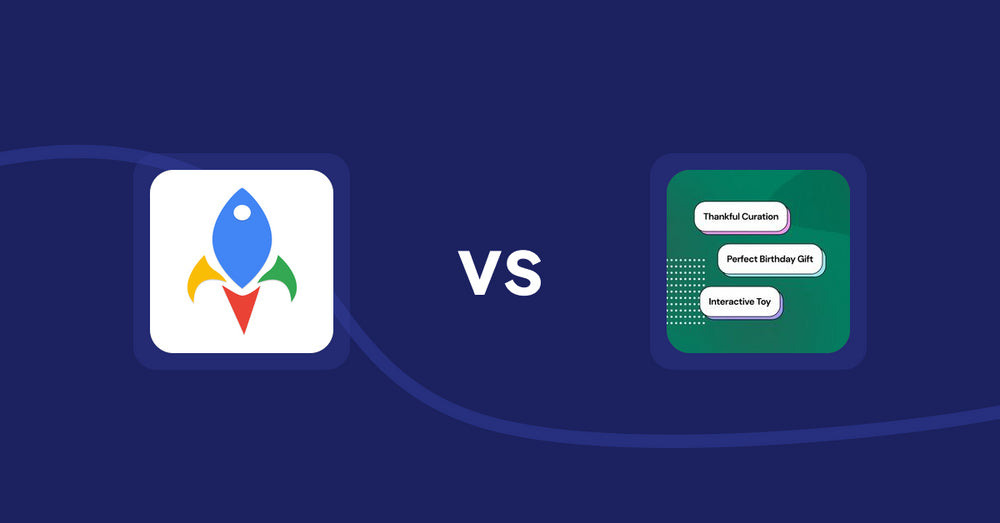
Shopify Product Display Apps: Jedi Back In Stock Admin Alert vs FeatureFrame ‑ Pretty Product
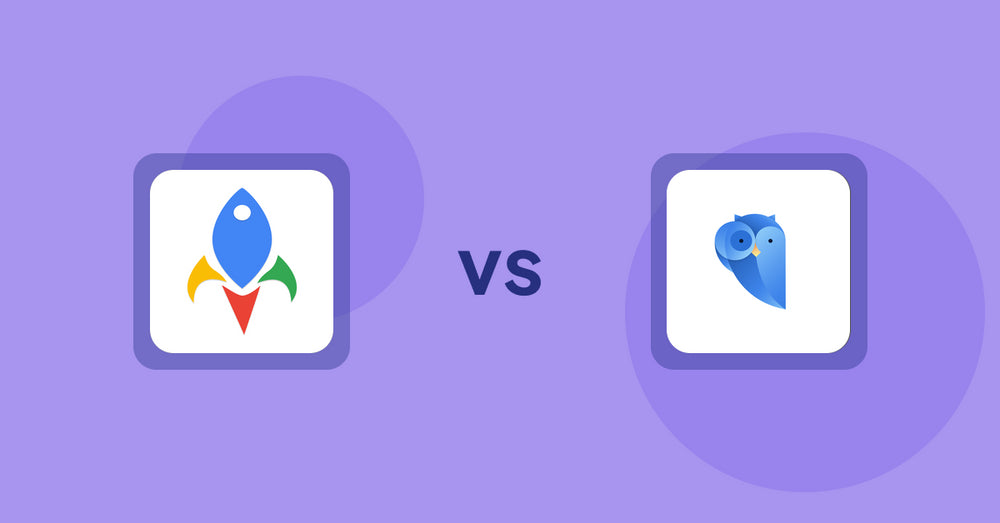
Shopify Product Display Apps: Jedi Back In Stock Admin Alert vs. Findify Search & Merchandise
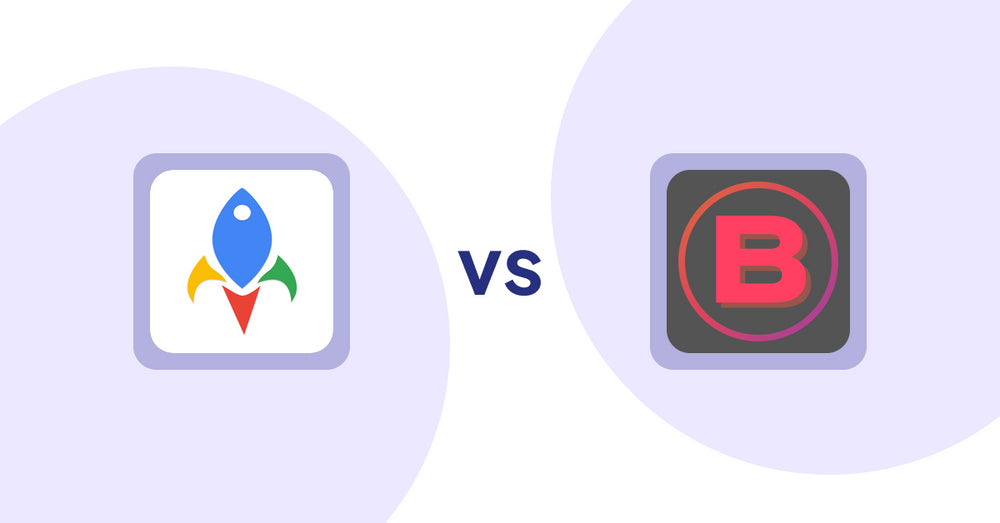
Shopify Product Display Apps: Jedi Back In Stock Admin Alert vs Banter Stories






